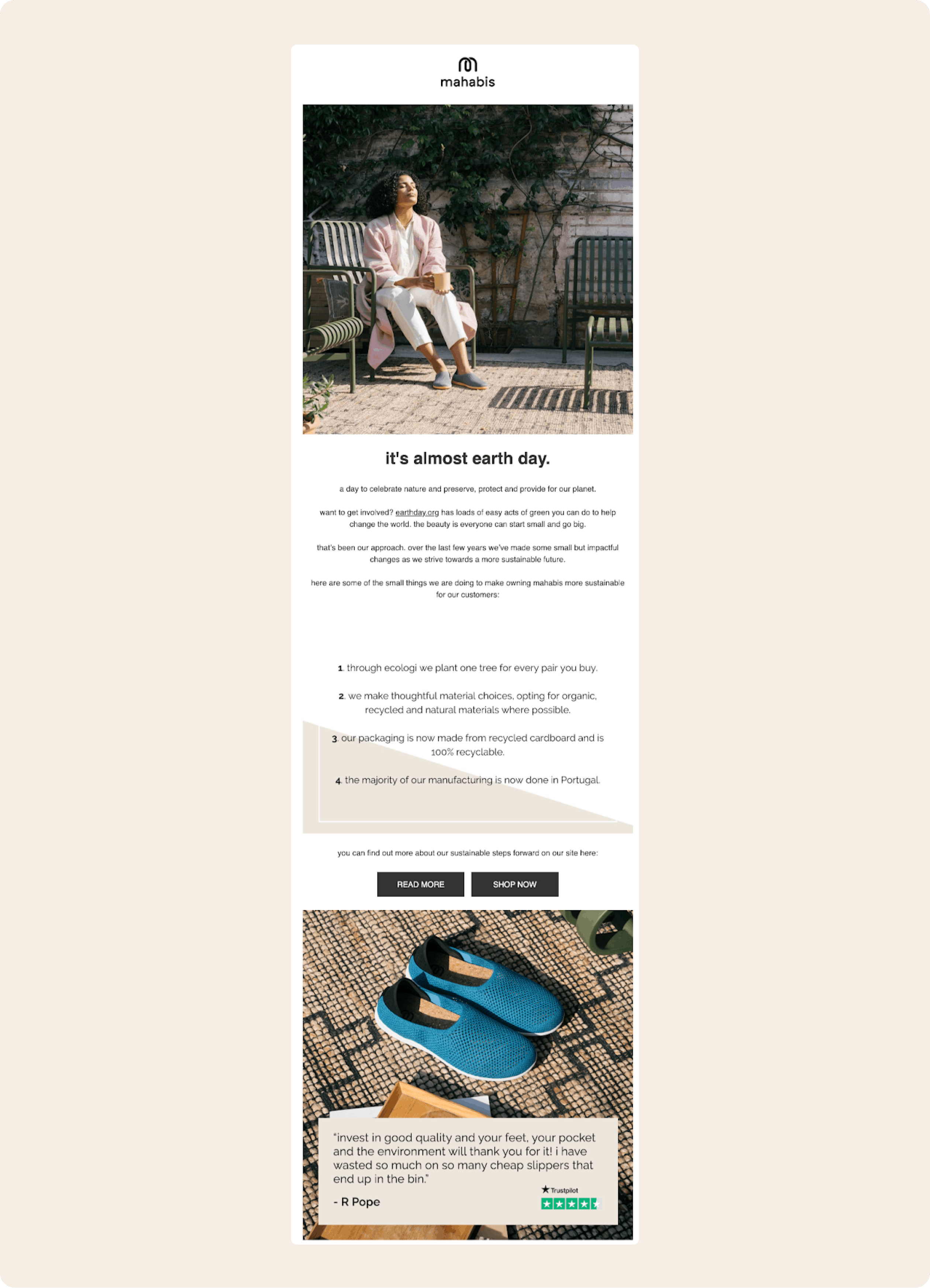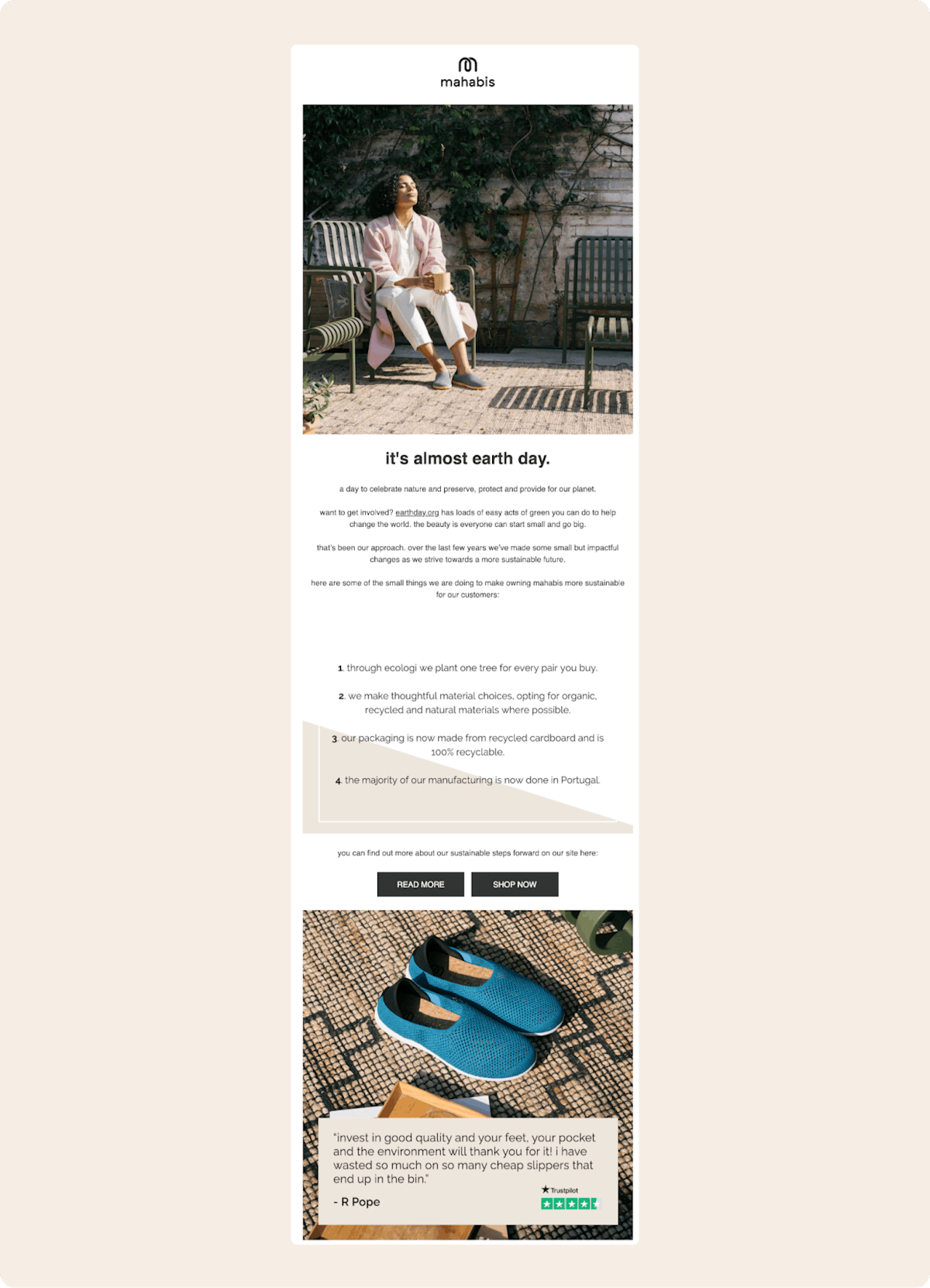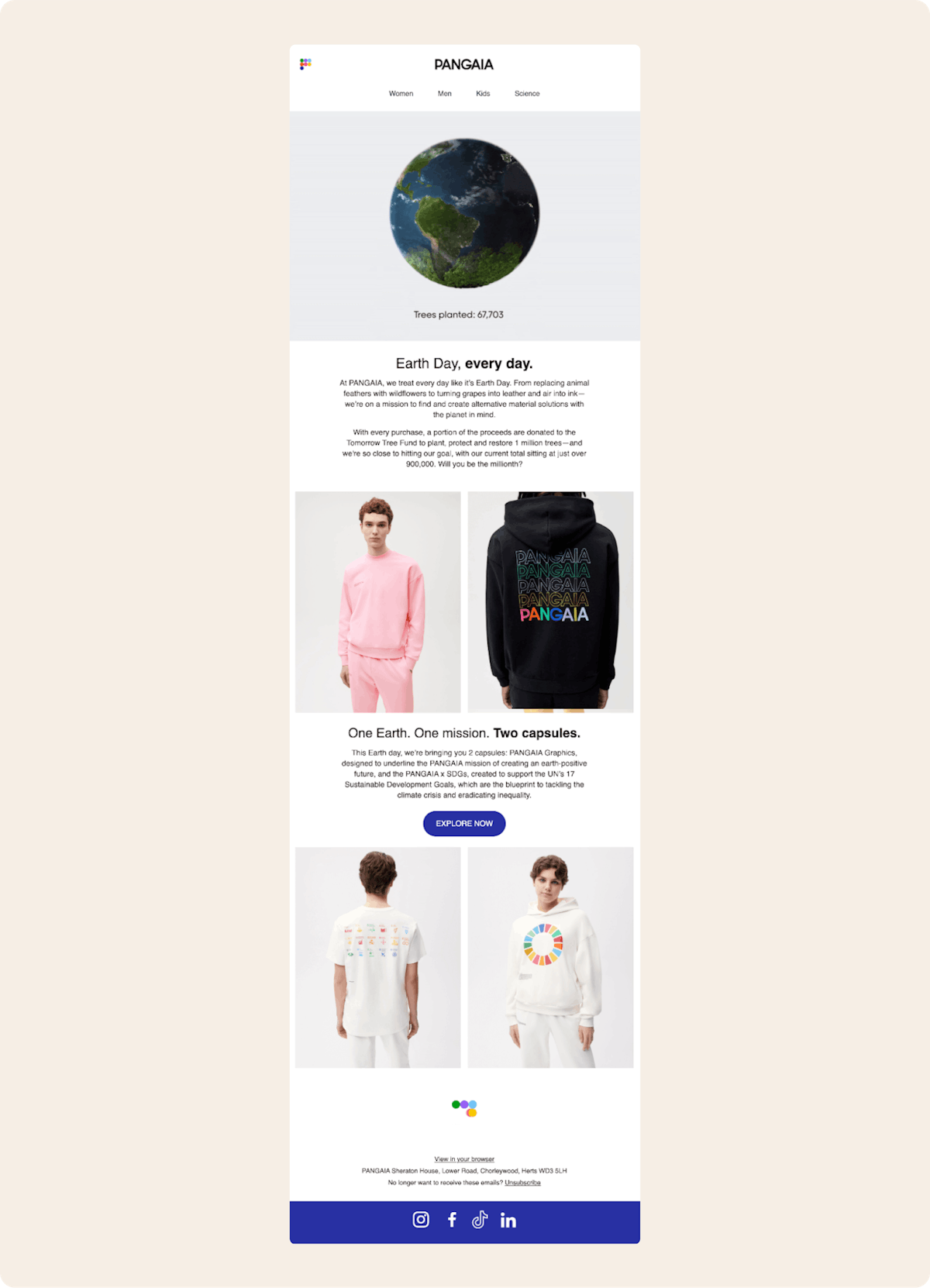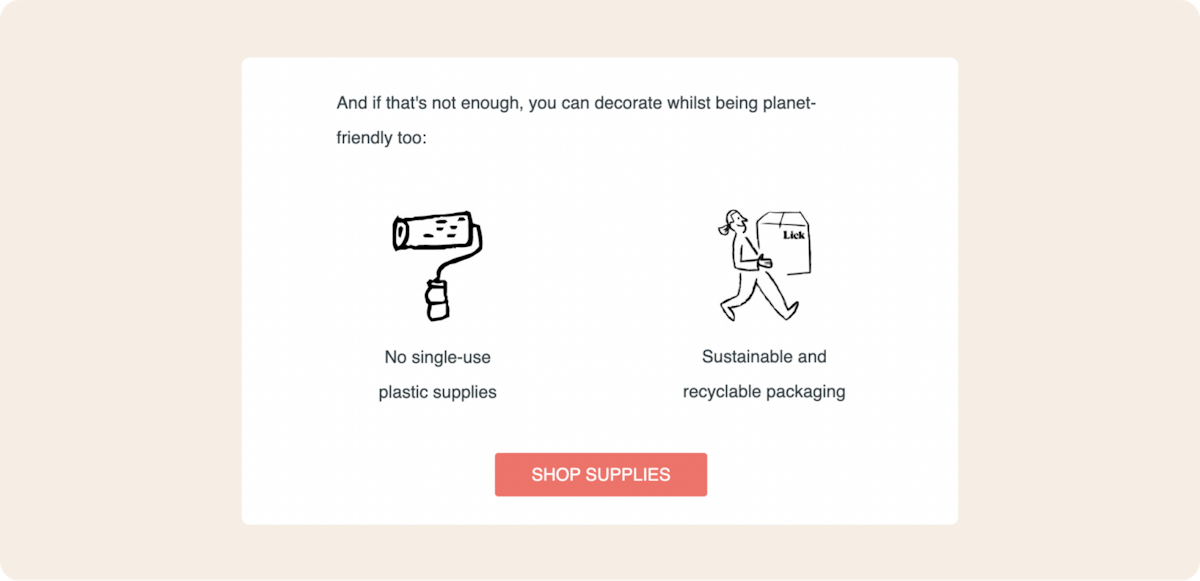Like many foundations of modern-day living, email has a carbon footprint. But unlike many of the other culprits, email’s true impact often gets overlooked. Perhaps this is due to the feeling that paperless = eco-friendly, or that comparatively, email is not the biggest polluter, or maybe it’s because email is so integral to our lives that we simply can’t imagine a life without it.
So what’s the impact?
The carbon footprint of a single standard email is 4g CO2e, whereas an email with large attachments could be up to 50g CO2e (Carbon literacy, 2020). It doesn’t sound much when you think about it on a singular basis, or compare it to other pollutants – but when you factor in the number of emails you send and receive in a day this quickly adds up.
What’s the scale?
According to Statista, 319.6bn emails were sent worldwide per day in 2021, and it’s predicted that this will increase to 333.2bn emails in 2022.
That’s a huge digital landfill that’s growing bigger every day.
What can we do?
Email practices aren’t going to transform in the near future, it is such a core part of modern communication. Like most areas of our life that need to become more sustainable, awareness, evaluation, and small consistent steps are the only practical way forward and can still lead to significant improvement.
We wanted to look into steps that can be taken to reduce or mitigate the environmental impact of email marketing, and also reap other benefits. And once you’ve committed to taking steps, how do you ensure that your sustainability practices are interwoven into your communication in a way that is authentic and complementary?










